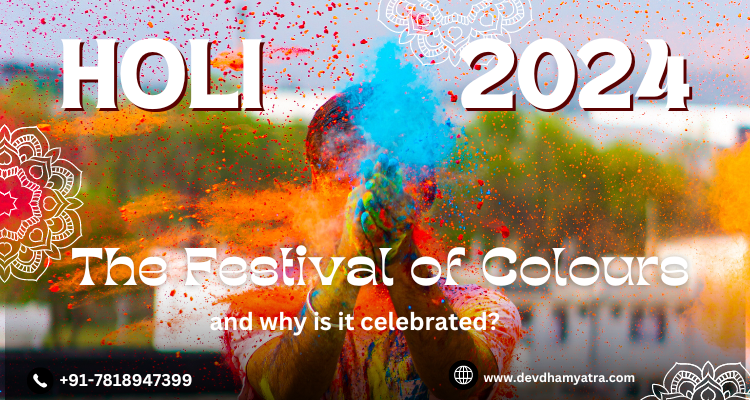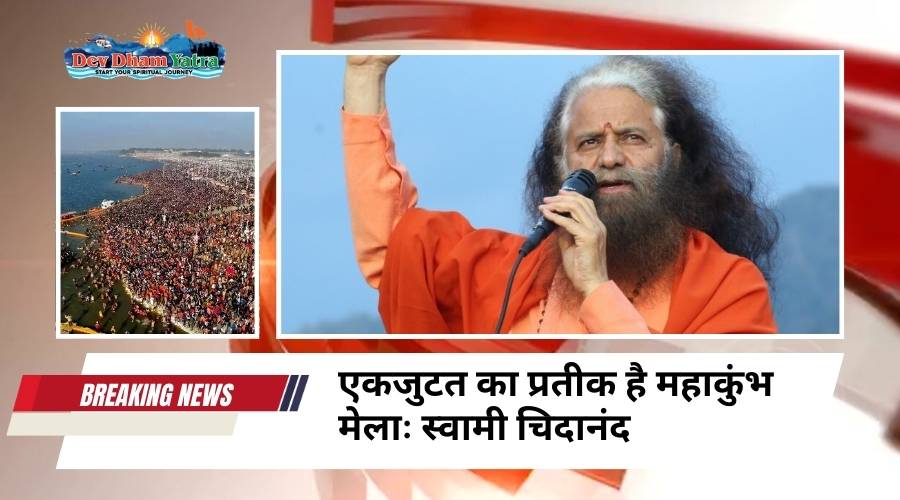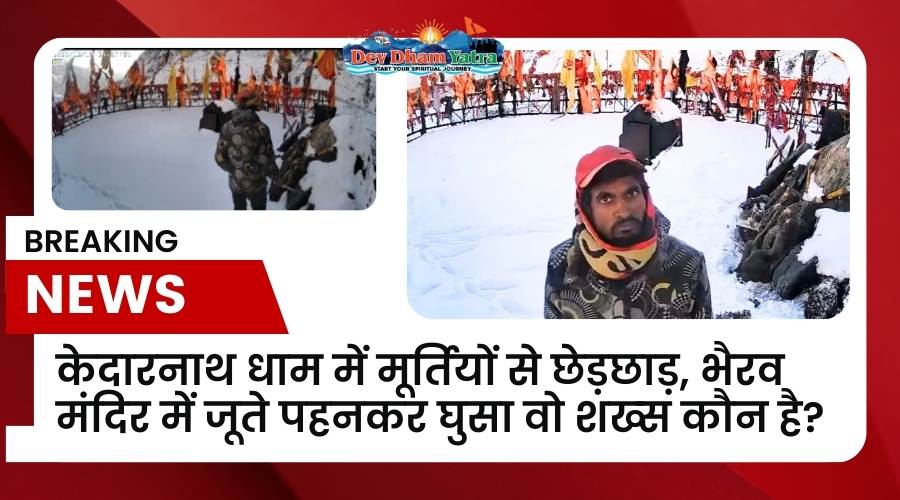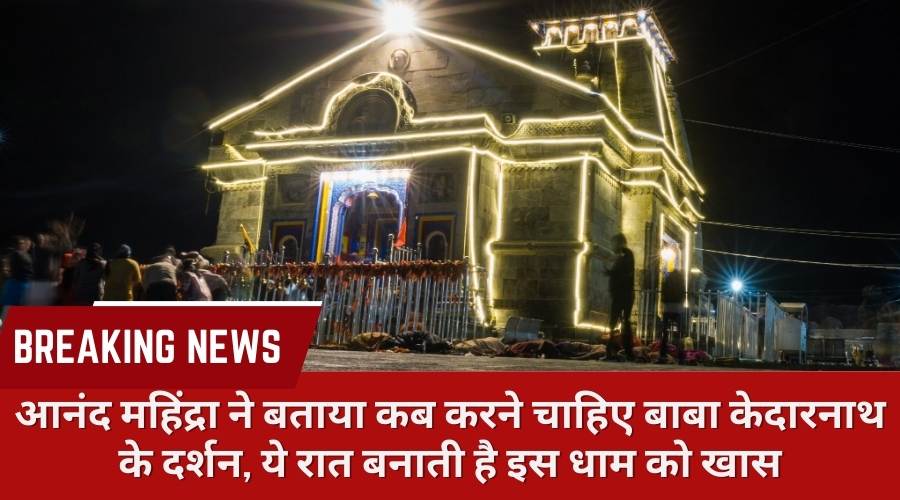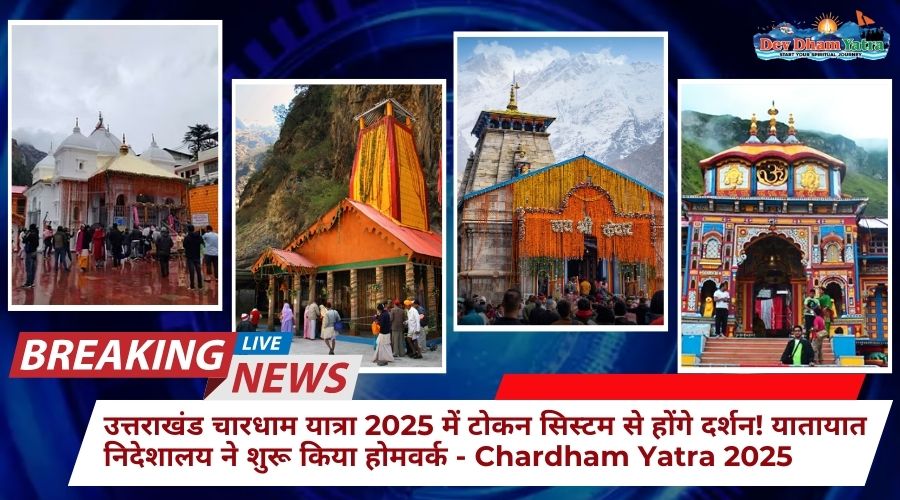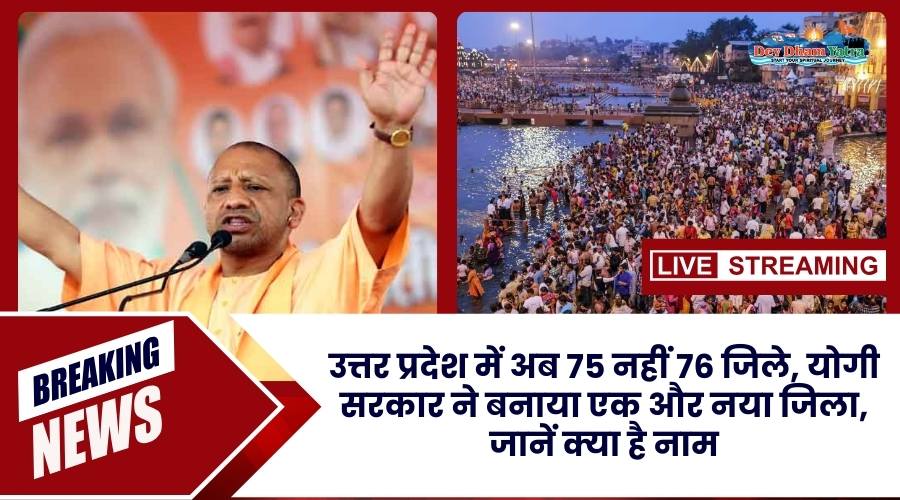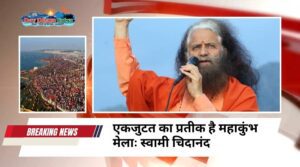Holi is the festival of colors. It is one of the most vibrant and joyous festivals celebrated in India and among Hindu communities worldwide. Holi festival usually falls in March, marking the arrival of spring and the triumph of good over evil. Here are the detailed reasons why we celebrate Holi.
Why do we celebrate Holi?
There are two main reasons associated with the celebration of Holi Festival, which are as follows:
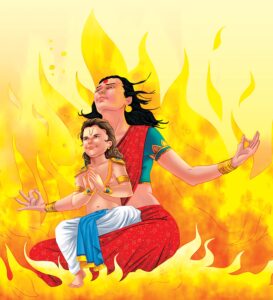
1. Legend of Holika and Prahlad: According to Hindu Mythology, once, there was a demon king called Hiranyakashyipu. He had a son called Prahlad. Prahlad was a great devotee of lord Vishnu but his father Hiranyakashyipu was against his devotion towards lord Vishnu as he considered lord Vishnu his great enemy. He tried to convince Prahlad not to worship lord Vishnu but Prahlad denied this agreement and continued worshiping lord Vishnu. After getting irritated by this, he tried to kill him multiple times but by the grace of lord Vishnu Prahlad was safe.
Hiranyakashyipu had a sister called Holika. She had a boon that she could not get burnt into the fire. Hiranyakashyipu discussed his concern in front of his sister Holika and asked for help. She suggested that she is immune to fire and she can use this boon to burn Prahlad and ultimately kill him. Hiranyakashyipu agreed to this idea and wanted to implement it as soon as possible. After that Holika sat in a blazing fire with Prahlad in her lap, intending to kill him. But with the divine protection of Vishnu, Holika was burned to ashes, while Prahlad emerged unharmed. Since then this event has symbolized the victory of good over evil, deep devotion, and faith.
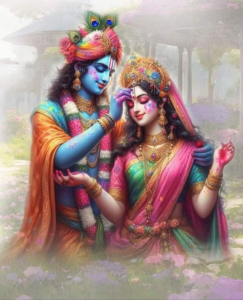
2. Krishna and Radha’s Playful Love: There is another interesting story related to the Holi celebration. Some communities in India associate it with the love of Radha Krishna. According to Hindu mythology, young Krishna, with his characteristic mischievousness, used to playfully color Radha and other Gopis (cowherd girls) with water and colored powders. This playful act of coloring became a tradition, and today, Holi is celebrated with the same spirit of joy and playfulness.
Some other Interesting Facts about the Holi Celebration:

1. Holi: A Celebration of Spring: Holi is celebrated at the beginning of the month of spring, which signifies the end of the winter season and the beginning of the vibrant and colorful springtime. The Holi festival is a celebration of nature’s renewal and the blossoming of new life. People rejoice in the beauty of nature by smearing each other with colorful powders, dancing, singing, and enjoying festive delicacies.
2. Symbol of Social Harmony and Unity: The Holi festival beats the barriers of caste, creed, and social status, which enables a sense of unity and brotherhood among people. During the Holi celebration, people come together to forget past grievances, reconcile differences, and celebrate together with love and harmony. It is a time to mend broken relationships and strengthen bonds of friendship and community.
3. Cultural Significance of Holi Festival: Holi holds great cultural significance in India and is celebrated with great zeal and enthusiasm across the country. It is a time for family gatherings, traditional rituals, and sharing joyous moments with loved ones. This joyous festival also includes traditional music, dance, and folk performances, adding to its cultural richness.
Overall, Holi is a celebration of love, joy, and the triumph of good over evil, bringing people together in a colorful and festive spirit.
Some safety measures to keep in mind while playing Holi:
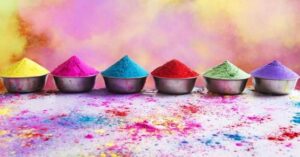
While Holi is a joyous festival celebrated with colors, music, and laughter, it is important to keep some safety measures in mind to ensure that everyone enjoys the festivities safely. Here are some safety tips to consider while playing Holi:
1. Use Safe Colors: Always use natural, eco-friendly colors made from plant extracts or herbal ingredients. Kindly avoid using synthetic colors or those containing harmful chemicals that may cause skin irritation, allergies, or other health issues.
2. Protect Your Skin and Eyes: Always prepare your skin before playing Holi and getting smeared in colors. Apply a thick layer of moisturizer or oil on your skin before playing Holi to create a barrier between your skin and colors that makes it easier to wash off the colors later. Wear sunglasses or protective eyewear to shield your eyes from colored powders, ensuring they don’t enter your eyes and cause irritation or infection.
3. Cover All Exposed Areas: Wear full-sleeved clothes and pants to minimize direct contact with colors on your skin. Additionally, consider wearing a cap or scarf to protect your hair and scalp from colored powders.
4. Stay Hydrated: Holi celebrations can be physically challenging, especially if you’re dancing and playing outdoors under the sun. Drink plenty of water to stay hydrated throughout the day and prevent dehydration or heat-related illnesses.
5. Beware of Allergies: If you have known allergies or sensitivities to certain substances, be cautious while playing with colors and avoid direct contact with anything that might trigger an allergic reaction.
6. Respect Boundaries: Kindly respect the boundaries of other people and consent while playing Holi. Not everyone may be comfortable participating in the festivities, so respect their choices and refrain from forcefully applying colors or water on them.
7. Supervise Children: If children are participating in Holi celebrations, ensure they are under adult supervision at all times. Teach them about the importance of safety measures, such as avoiding putting colors in their mouths, eyes, or nose etc.
8. Cleaning Up the Mess: After the celebrations, make sure to thoroughly wash off the colors from your skin, hair, and clothes using lukewarm water and mild soap. Avoid scrubbing too harshly, as it may irritate your skin. Dispose of waste responsibly, preferably by recycling or properly disposing of colored powders and water.
By following these safety measures, you can enjoy Holi festivities responsibly and ensure a fun and memorable experience for everyone involved.

Frequently Asked Questions: FAQ’S
1. Who was Hiranyakashyipu?
According to Hindu Mythology, once, there was a demon king called Hiranyakashyipu. He had a son called Prahlad. Prahlad was a great devotee of lord Vishnu but his father Hiranyakashyipu was against his devotion towards lord Vishnu as he considered lord Vishnu his great enemy. He tried to convince Prahlad not to worship lord Vishnu but Prahlad denied this agreement and continued worshiping lord Vishnu. After getting irritated by this, he tried to kill him multiple times but by the grace of lord Vishnu Prahlad was safe.
2. Who was Holika?
Hiranyakashyipu had a sister called Holika. She had a boon that she could not get burnt into the fire. Hiranyakashyipu asked Holika for help. She suggested that she is immune to fire and she can use this boon to burn Prahlad and ultimately kill him. Hiranyakashyipu agreed to this idea and wanted to implement it as soon as possible. After that Holika sat in a blazing fire with Prahlad in her lap, intending to kill him. But with the divine protection of Vishnu, Holika was burned to ashes, while Prahlad emerged unharmed. Since then this event has symbolized the victory of good over evil, deep devotion, and faith.
3. What are the safety measures to keep in mind while playing Holi?
Always prepare your skin before getting smeared in colors. Apply oil or a moisturizer on all exposed areas. It is advised to wear full-sleeved clothes and cover all exposed areas. Protect your children from any mishappening, so keep a strong eye on them. Use safe colors and respect the boundaries of other people.

